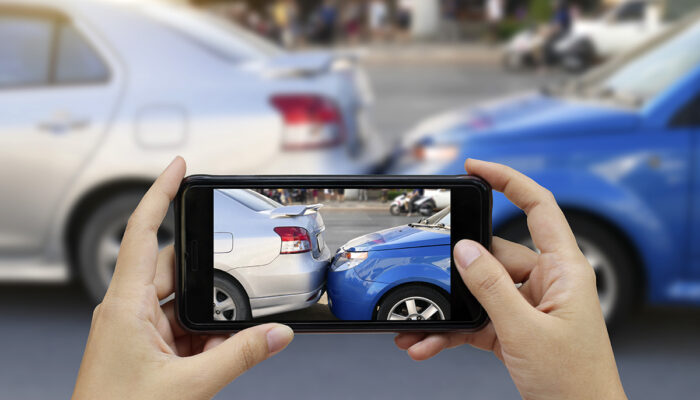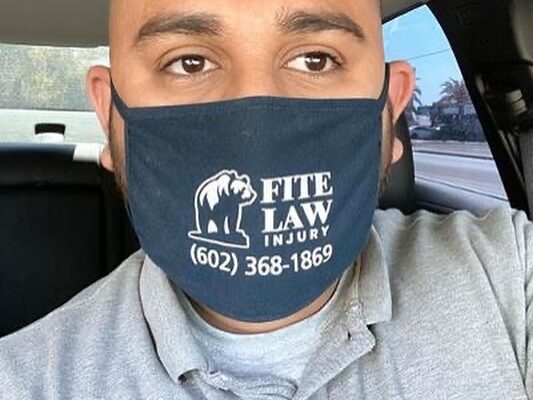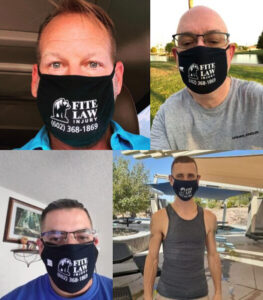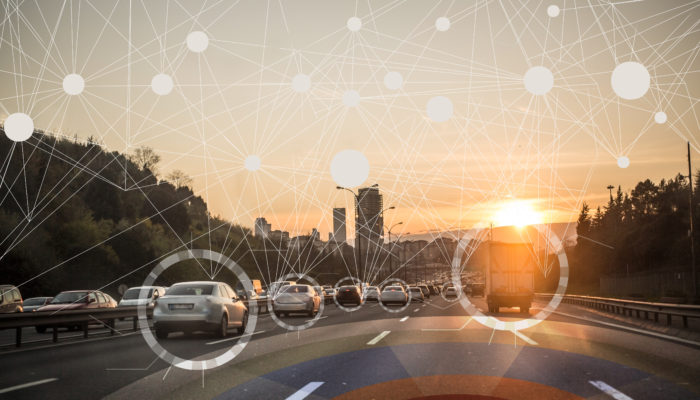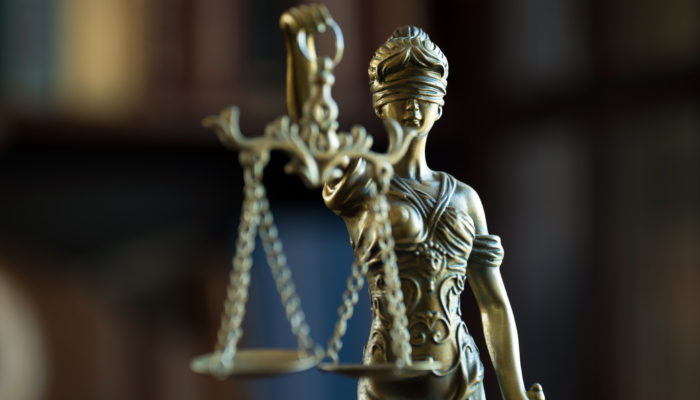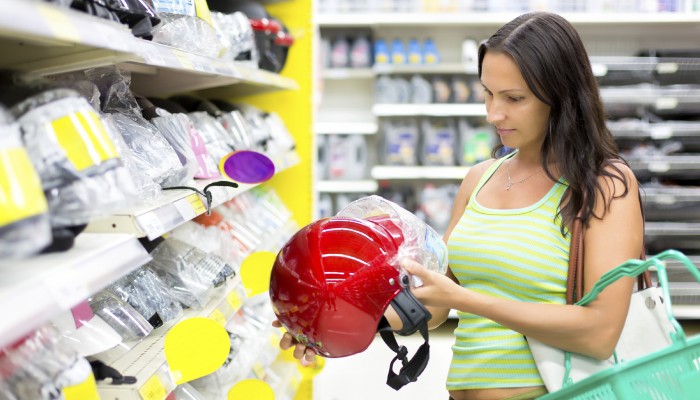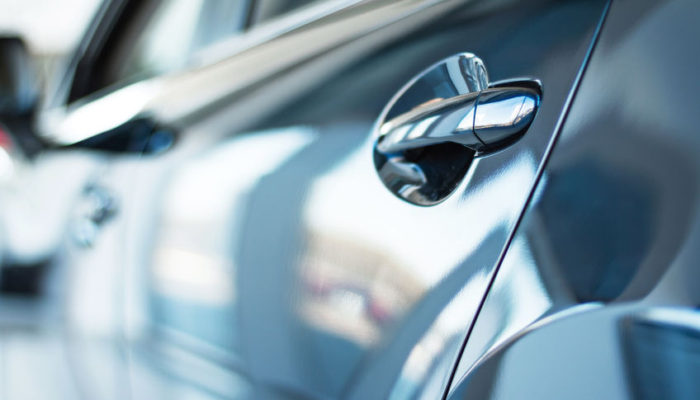Even the most seasoned driver can get rattled by being involved in a car accident. You may experience an adrenaline rush, pain, a range of emotions, or any number of things that can affect your ability to stay calm, act rational, and accomplish the tasks necessary to get through the events that follow. Below are nine steps that will help you through the process.
GET TO SAFETY
Safety first! If the crash has put you in imminent danger, such as in the path of oncoming traffic or in an intersection, get somewhere safe. If your car is disabled and you are not injured, turn on your hazard lights, exit the vehicle, and move out of harm’s way when it is safe to do so. If your car is operational, you are allowed move it off the road. In fact, it is the law.
Have you noticed the highway signs that say, “Minor Crash. Move from Roadway”? They are based on Arizona’s Quick Clearance law, which requires parties involved in minor, non-injury collisions to clear the roadway as quickly as possible. Refusing to move your vehicle out of the travel lanes is dangerous for you, your passenger, other drivers, and emergency personnel reporting to the scene of the accident. It is unnecessary to keep your vehicle in its post-collision position. You can explain to the officer where and how the crash occurred. There will also be other evidence of the collision. Once your vehicle is off the road, turn it off and be sure your hazard lights are on.
The Quick Clearance law works in conjunction with the Move Over law, which requires motorists to move over one lane or, if that’s not possible, slow down as they pass a vehicle on the side of the road or highway with emergency lights blinking, such stranded motorists, road and highway workers, and first responders.
Keep in mind that safety is not limited to traffic dangers. If the other party to the accident appears to be aggressive, you are in a rough area, or something else feels off, listen to your instincts and stay in your vehicle until the police arrive. Aside from cracking your window to let the other person know that the police are on their way, refuse speaking to them. It is okay to be a little rude rather than put yourself in danger. Better safe than sorry.
CHECK FOR INJURIES
Once you are in a safe location, check yourself and passengers for injuries so that you can communicate to the 911 dispatcher whether an ambulance is needed. Again, better to be safe than sorry. Internal injuries, while not visible, can be life threatening. Fite Law Group recommends you request paramedics respond to the scene if, at a minimum, any of the following conditions apply:
- Pregnancy
- Recent surgery
- Head trauma
- Rollover collision
- Child in a car seat
- Heart condition and implant, such as pacemaker
- Mental or physical disabilities that might compromise a person’s ability to perceive his or her injury
If paramedics are on scene and offer to transport you or a passenger to the hospital, accept the offer. Many people worry about the cost of an ambulance and emergency room visit; however, if the other party is insured and at fault for the accident, these expenses should be covered. Cars can be fixed, property can be replaced, but you just have the one life. Make your health a priority.
CALL THE POLICE
Always call the police, even for minor fender benders. Some insurance companies require a police report to consider a claim. Many accident victims find themselves in trouble when neglecting to call police because they feel sorry for a teen or elderly driver, don’t have visible injuries or immediate pain, or just don’t want to cause a hassle. Without the benefit of a police investigation, you are giving the other party the upper hand and opportunity to talk to their insurance company or an attorney and provide their one-sided version of the accident. So, while you think no harm, no foul, they are putting together a case. Call the police and let them do their job.
Always be polite to the police and the other driver during questioning. Most Arizona officers use body cameras to record interactions. What you say or do out of frustration could be easily misinterpreted by an adjuster or a jury.
Do not offer information or elaborate. Be concise and provide the officer with basic information – just the facts and nothing more. Keep your emotions in check and DO NOT ADMIT FAULT. Traffic laws in Arizona can be confusing and hard to understand. It is your attorney’s job to argue who is at fault for the collision.
IDENTIFY WITNESSES
Hopefully, witnesses to the accident will have pulled over to assist. If they unable to wait for the police to arrive, get their name and phone number so they can be contacted for a statement. Independent witnesses can be critical if it comes down to a “he said, she said” dispute about who did what. They are especially crucial to intersection accidents. Independent witnesses can verify the color of the lights, the speed of the vehicles, and the sequence of events. Their word is taken more seriously and held in higher regard since they are not a party to the collision.
TAKE PICTURES
Smartphones have become a crucial part of documenting accidents, particularly before the police arrive. There are several things you will want to record at the scene as soon as possible. The first is photos of the crash. It costs nothing to take photos with your phone, so use it to its full advantage. Take pictures of all the vehicles involved from a variety of angles, inside and out, especially if you can safely photograph them in the position that they stopped after the crash. Take pictures of the surrounding area from all angles (including roads, street signs, streetlights, etc.), debris in the roadway, visible injuries, bystanders, and construction or weather conditions that might have contributed to the crash. And do not get just close-ups. Take some from a wider angle so that the person viewing them months down the road can see the big picture.
Why are photos of the crash site so important? The insurance companies are likely to take pictures in a tow yard or onsite in a garage. They usually get close up photos of specific parts of a vehicle to show specific areas of damage for the purposes of creating an estimate for repair. They are not trying to help you prove your case.
The insurance companies may also try to argue that some damage was pre-existing or that it is not consistent with how you described the crash. Or they might argue that the impact could not have caused your injuries. But pictures from the scene of the accident are worth a thousand words – and could be worth thousands in compensation.
EXCHANGE INFORMATION WITH OTHER PEOPLE
This is another way your phone will help during an accident. Use it to snap images of the other driver’s insurance card, license plate, and driver’s license. You can also record the other driver’s contact information, along with that of witnesses and first responders. At a minimum, be sure you have the following information:
- Name and contact details
- Driver’s license and license plate number/state
- Insurance company and policy holder/number
- Witness name(s) and contact details
- Exchange card/report number (the police will give you an exchange card that will allow you to get a copy of the police report when it is ready)
TAKE NOTES
While the accident and events that follow are fresh in your mind, use your phone’s note app or voice recorder to document what happened and any particular details you think might be important, such as, did the other driver smell like alcohol or otherwise seem impaired? Was the sun setting directly in front of or behind you? Was there a sandstorm, rain, or other weather event? Also note the location of crash and specific details that will help, in conjunction with your photos, create a diagram.
GET MEDICAL HELP
Often, after an accident, people’s biggest concern is the state of their vehicle. If it is disabled, they worry about how to get to work or pick up the kids from school. We understand that the property damage is an especially important logistical problem for our clients; however, we want to ensure that they focus as much, if not more, energy on their own wellbeing.
To reiterate advice in no. 2 above, take the ambulance to the emergency room if it is offered. The paramedics will triage your most severe injuries and ensure that you get immediate care once you arrive at the hospital. Follow advice for any follow up care you are provided when released.
If your injuries were not severe enough to require a trip to the hospital, make an appointment to see a medical provider for a check-up just to make sure everything is alright. Be sure to get treated within your health insurance network if you can, but keep in mind that there are also doctors who are willing to work “on a lien,” meaning that they will wait for payment until your injury claim is resolved. These medical practices have a lot of experience working with car accident victims and can ensure that your insurance claim is handled seamlessly with your attorney. Medical providers that work on a lien often prefer to have an attorney involved in the case because it increases the likelihood that they will get paid. Fite Law Group can help you find a medical provider in your neighborhood that is willing to work on a lien.
HIRE AN ATTORNEY
Do not call your insurance company until you have hired an attorney. Do not give a recorded statement without talking to an attorney. You might think that it is the insurance company’s job to help you and pay your claim. In theory, that is true. In reality, an insurance company is a business. It brings in money in the form of premiums and makes money by paying out as little as possible. The insurance company will be looking for exceptions and exclusions in your policy so that it does not have to pay your damages. It will take a recorded statement and ask leading questions to get you to say something that reduces what the company must pay. It may even try to offer a small monetary settlement before you even know what kind of injuries or damages you have suffered. Let the attorney help you decide what your injuries and damages are worth – not the insurance company.
Does every case require an attorney? No. But it is free to talk to an attorney at Fite Law Group. Our founding attorney, Bear, is known for telling it like it is, so if he thinks you can handle the case on your own, he will happily let you know. If you do become a client, Bear will aggressively fight your case to get the compensation you deserve. Call (602) 368-1869 to set up your free case evaluation.


